Bogota’s Museum of Contemporary Art
I’m a big art-lover, as you’ll see from my Instagram! One of the best things about living in Bogota is being able to see art on the streets everyday. The Bogota Graffiti Tour takes people on a walk through the centre of Bogota and the Candelaria, and introduces the work of Bogota’s most renowned street artists. The Candelaria has numerous museums with art exhibitions. These include the Botero Museum, the Banco de la República Museum and the Casa de la Moneda (which, contrary to what its name implies, isn’t about coins!). I’ve been to these museums several times but I wanted to delve further into the hidden depths of Bogota’s contemporary art scene. I popped into Dibs gallery in the Candelaria to ask for some advice, and one of the places the curator recommended was Bogota’s Museum of Contemporary Art.
It turns out that the Museum of Contemporary Art, or the MAC, is only a 45-minute walk away from where I live, not far from Titán Plaza shopping mall. So Javier and I decided to head over there one Saturday and check it out. You can’t miss the museum on Carrera 74 with 82a:
The museum is open Tuesday to Friday from 9am to 6pm and on Saturdays from 10am to 4pm, according to the website. It’s closed on Sundays, Mondays and public holidays.
There are three floors, and when we went in December 2017, the exhibition was called Una linea de polvo (A line of powder), about the phenomenon of drug-trafficking in Colombia. It included paintings, installations, audio-visual pieces and photographs. I enjoyed this exhibition as I felt that I learned a bit more about Colombia and its recent history through the exhibits and the accompanying descriptions. Unfortunately, there weren’t any descriptions in English, so it may be difficult to understand the context behind some of the pieces if you don’t have a knowledge of Spanish. I have emailed the museum to ask if they offer information or guided tours in English and I will update this post once I hear back. Below, I’ve published some photos I took at the museum, along with some translations that I have done of some of the Spanish descriptions.
Exhibition: Una Línea de Polvo / A Line of Powder
This exhibition is on show at the MAC from December to March 2018.
(Translation of main introduction to exhibition): Drug-trafficking remains an omnipresent phenomenon and a part of the Colombian reality and continues to be portrayed as such in the international media, in narrative and visual fiction, and through the propagation of various stereotypes that criminalize us and justify the crime. In spite of this, there had never been a comprehensive art exhibition in Colombia – or perhaps in any country in the world – that had tried to understand the dimensions of this global problem. Nor had there been an opportunity to examine artists’ reactions to this diverse topic, which affects rural areas throughout South America, and encompasses the cultivation and production of psychoactive drugs, the problem of drug-trafficking, criminality and criminalization, money-laundering, international politics, imperial intervention, and the participation of the world’s major capital cities in this colossal global business. It also includes the serious health problems suffered by large numbers of people worldwide due to ignorance, and the marginalization that often goes hand-in-hand with illegal activity and substance abuse.
Following the publication of the book A line of powder, art and Colombia in 2008, this exhibition has been compiled over the last decade and has featured at biennial exhibitions, art festivals, independent galleries and public and private institutions in Argentina, Brazil, Bolivia, Ecuador, Mexico and Uruguay.
The exhibition is now on show in Colombia for the first time and brings together the work of the artists who contributed to the book, as well as artists from the six countries above that have been included in the exhibition over the past five years. Here we present an anthology as well as a cartography of the different facets and representations of drug-trafficking through the work of national and international artists who have explored this theme.
Exhibit: Sopladores / Smokers
By Julián Santana, Colombia
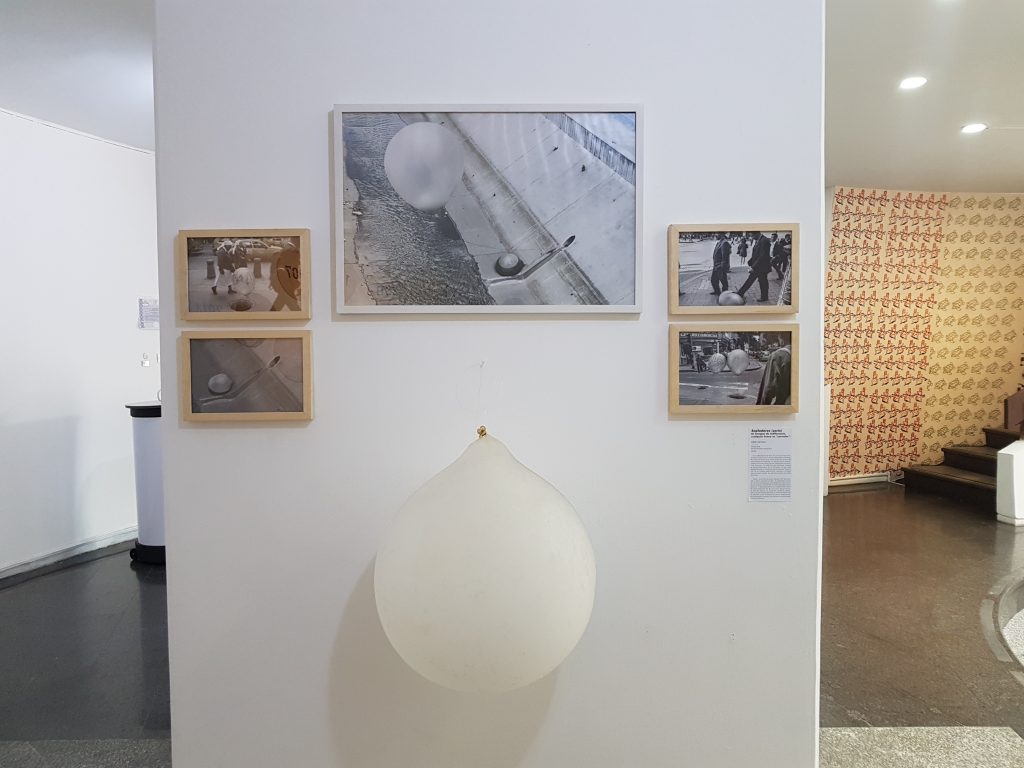
(Translation): “The Cartucho” was the bloodiest and most degrading urban expression of the social problems in Colombia during the fight against the drugs cartels in the 90s. All kinds of human rights violations occurred in this impenetrable area of Bogotá. In 1998 the Mayor of Bogotá, Enrique Peñalosa, ordered the demolition of “The Cartucho” neighbourhood, and this caused the problem to spread to other parts of the city – the sewers, bridges, unused land – as the drug addicts and mafia gangs searched for somewhere else to settle.
“Soplar” is the action of smoking unpurified cocaine, and the series Sopladores and ‘Micro atmosfera hostil’ (‘Hostile micro atmosphere’) aim to show the extreme marginalisation and fragility of this group of homeless people affected by addiction, displacement and indifference. In the case of “The Cartucho”, and nowadays “The Bronx”, its descendant, it seems that both the government and the general population want to simply eliminate this sector of society, without dealing with the real complexity of the problem.
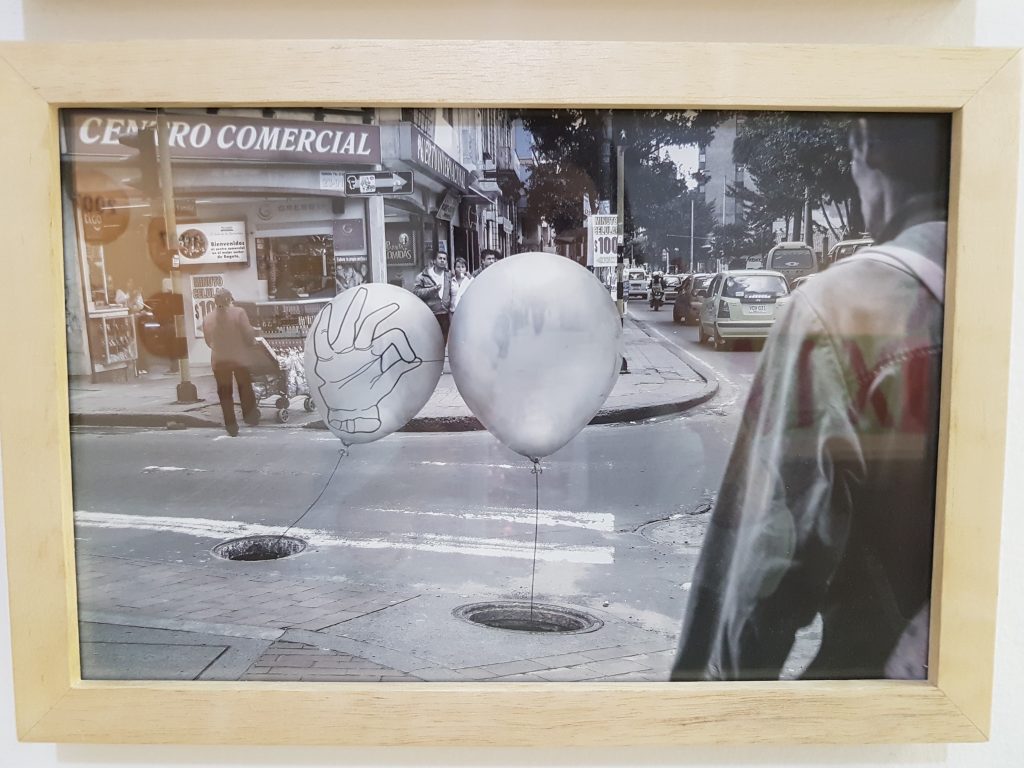
Exhibit: Esto no es una pipa (This is not a pipe)
By Camilo Restrepo, Colombia
(Translation): In 2008, Camilo Restrepo began to collect and photograph handmade pipes used by drug addicts. The series makes an explicit reference to the piece by Belgian surrealist artist René Magritte, The Treachery of Images (This is not a pipe) from 1928-9 and to Michel Foucault’s essay about it, in which he talks about the relationship between images, words and objects.
Restrepo seems to be highlighting that, beyond prohibition, the problem of drugs – legal and illegal – has not been understood. The addict descends into the black hole of addiction, but also finds themselves in a position where they can’t be reached; they become test drivers for new experiences, inhabiting a parallel reality.
Contact Shits
By Eduardo Villanes, Peru
Apparently, Contact Shits is an investigation into the baseness of humanity. This series by Peruvian photographer Eduardo Villanes, photographed between 2015-2016, is an account of living rough on the streets of Bogota. The photos were taken from the window of his apartment in Avenida Caracas with Calle 16. Villanes records the disturbing intimacy of a nocturnal underworld that is also visible in broad daylight, in the 5-metre sections of pavement which divide the busy TransMilenio bus system on Avenida Caracas. This marginal micro-universe, or in Villanes’s own words, this “death camp” that we wish we didn’t have to see, is an analogy of other parts of the world where violence is the norm: Guantanamo Bay prison in Cuba, Abu Ghraib prison in Iraq, or Manaus prison in Brazil.
Street art in the Minuto de Dios neighbourhood
The Museum of Contemporary Art (MAC) is in the Minuto de Dios neighbourhood, and new pieces of street art appear regularly. It’s worth having a walk around the streets in the area to see some of this art. This first piece is by one of my favourite street artists Guache, whose art you’ll learn to recognize through its indigenous symbolism and protagonists. This piece is just outside the museum, to the left as you’re walking out.
I’m not sure who this next piece is by, but another lovely example of street art just outside the museum:
Visit MAC’s website to find out about the latest exhibitions:
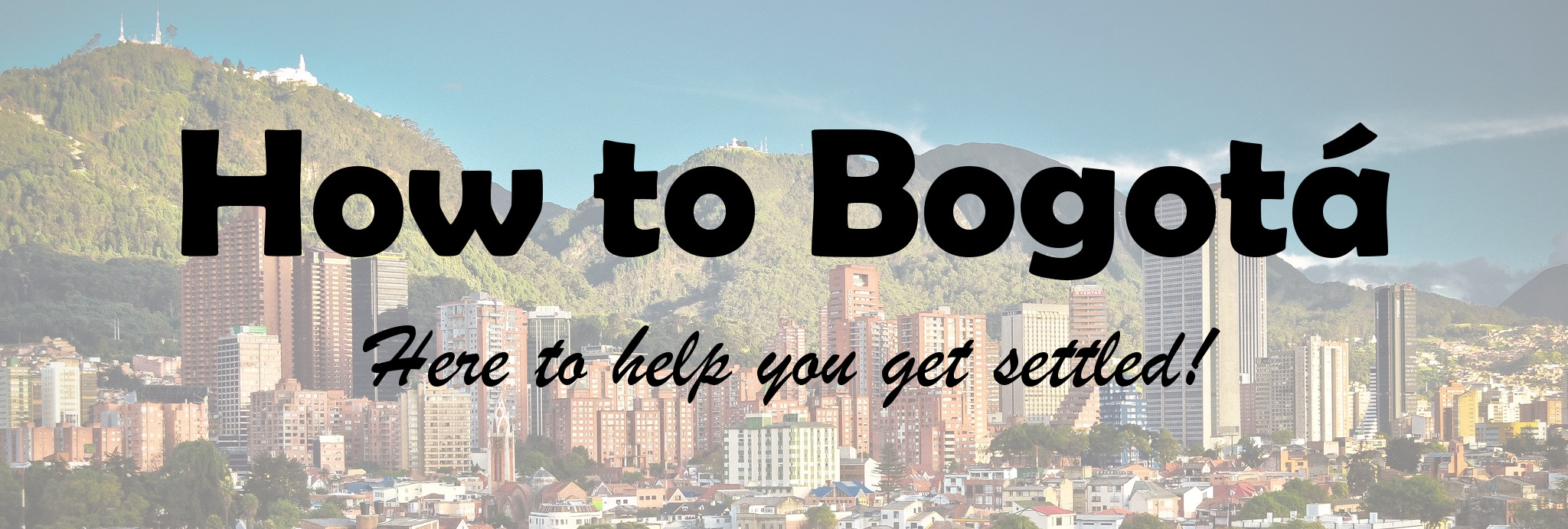
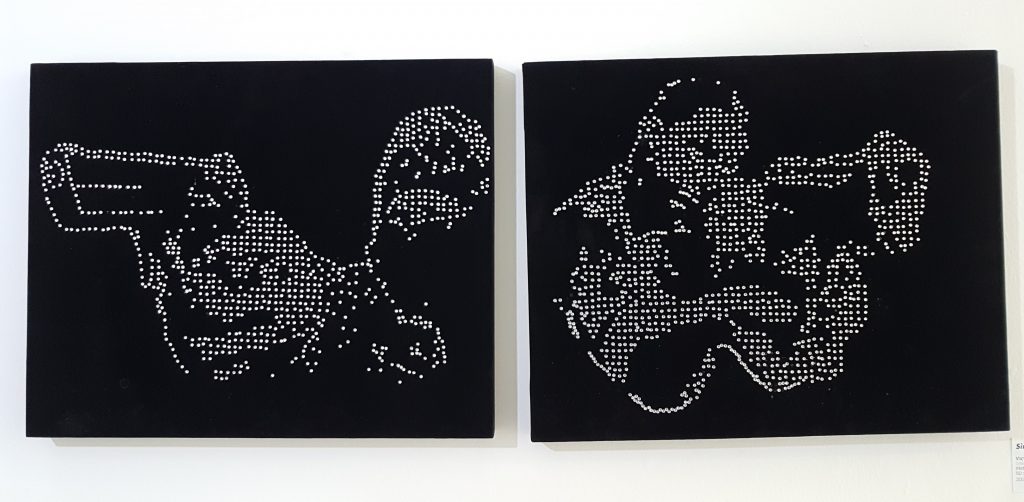
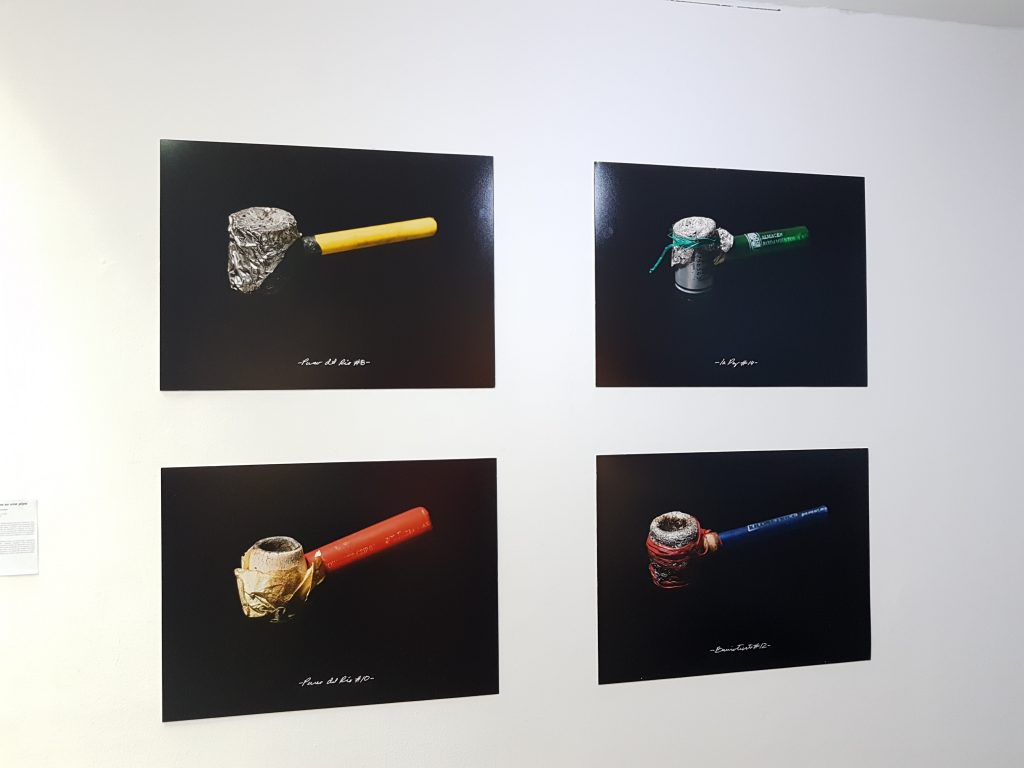
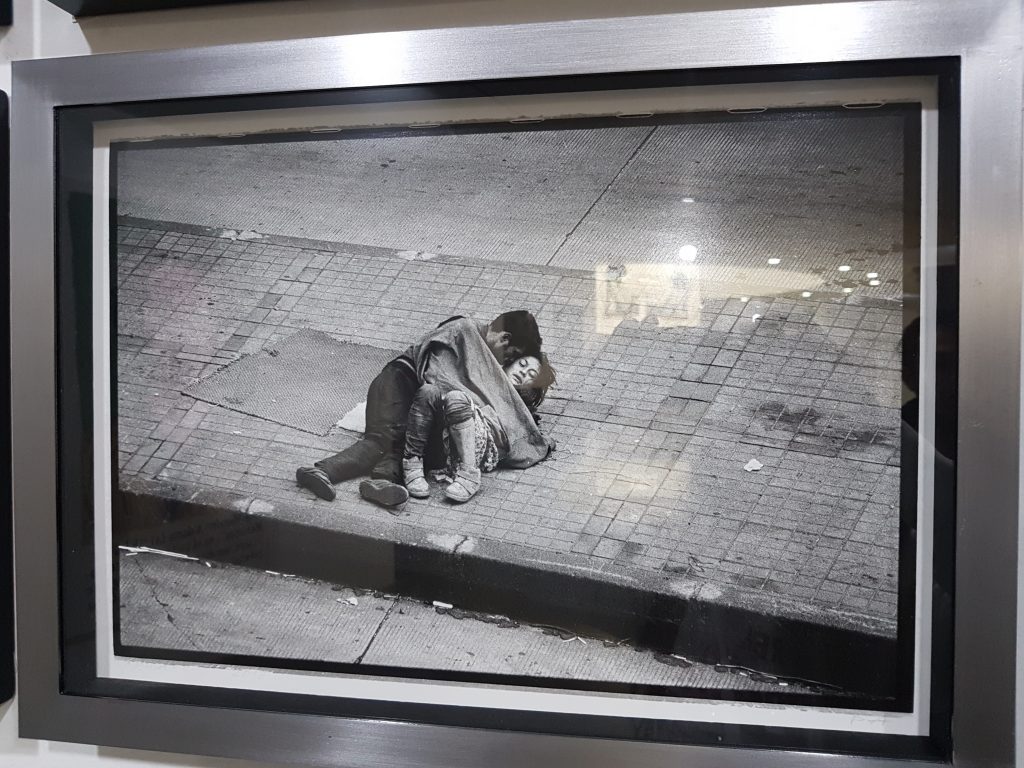
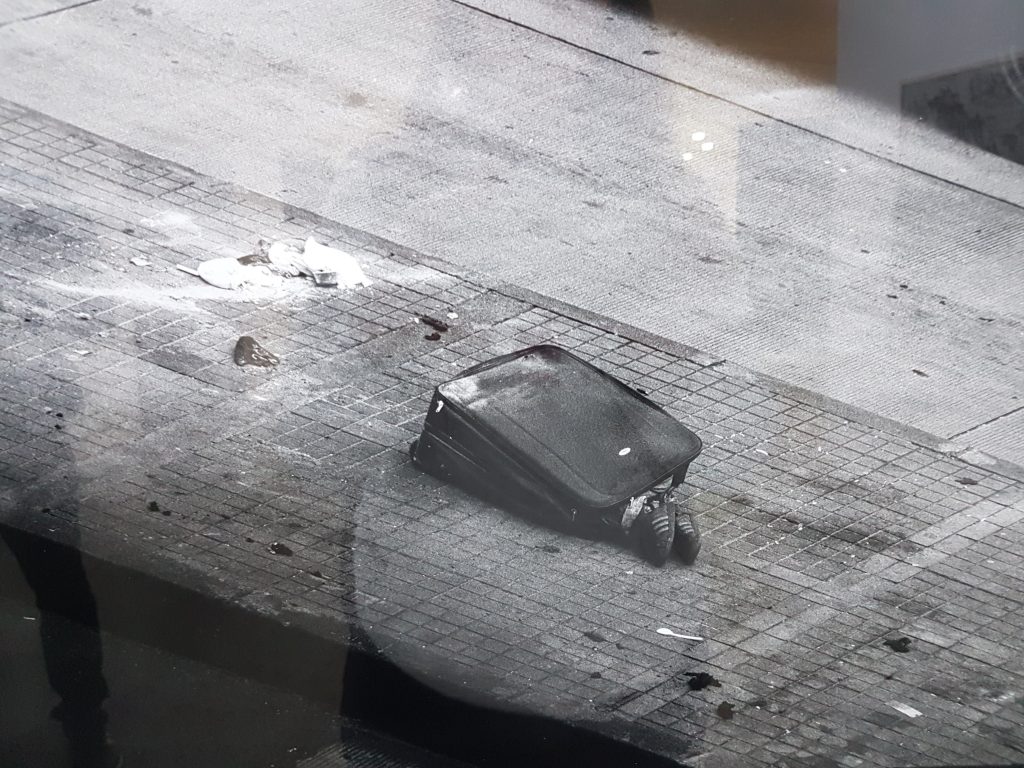
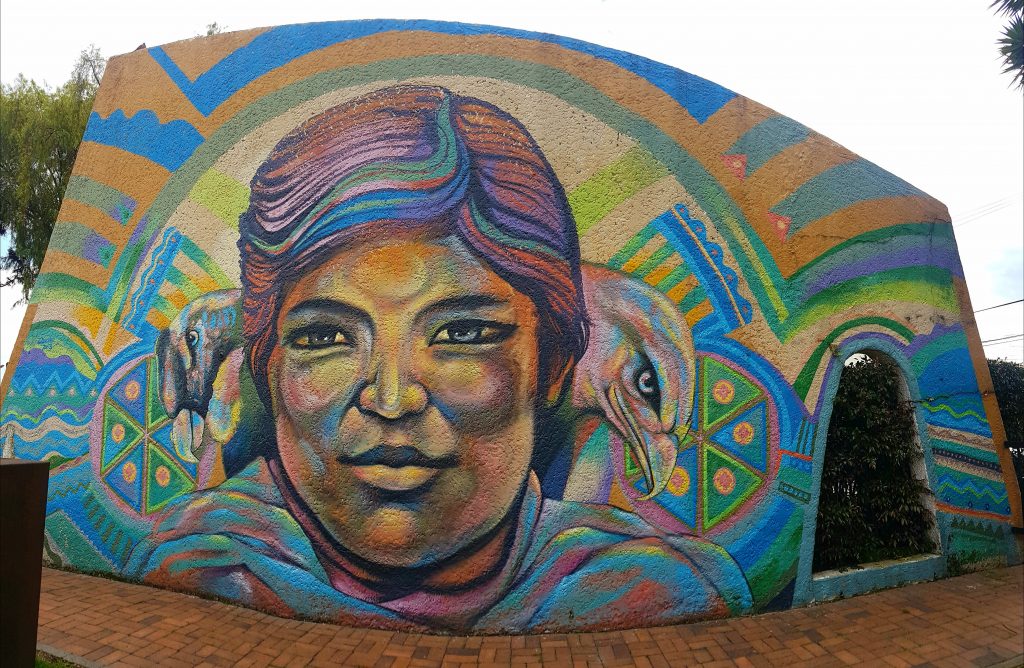
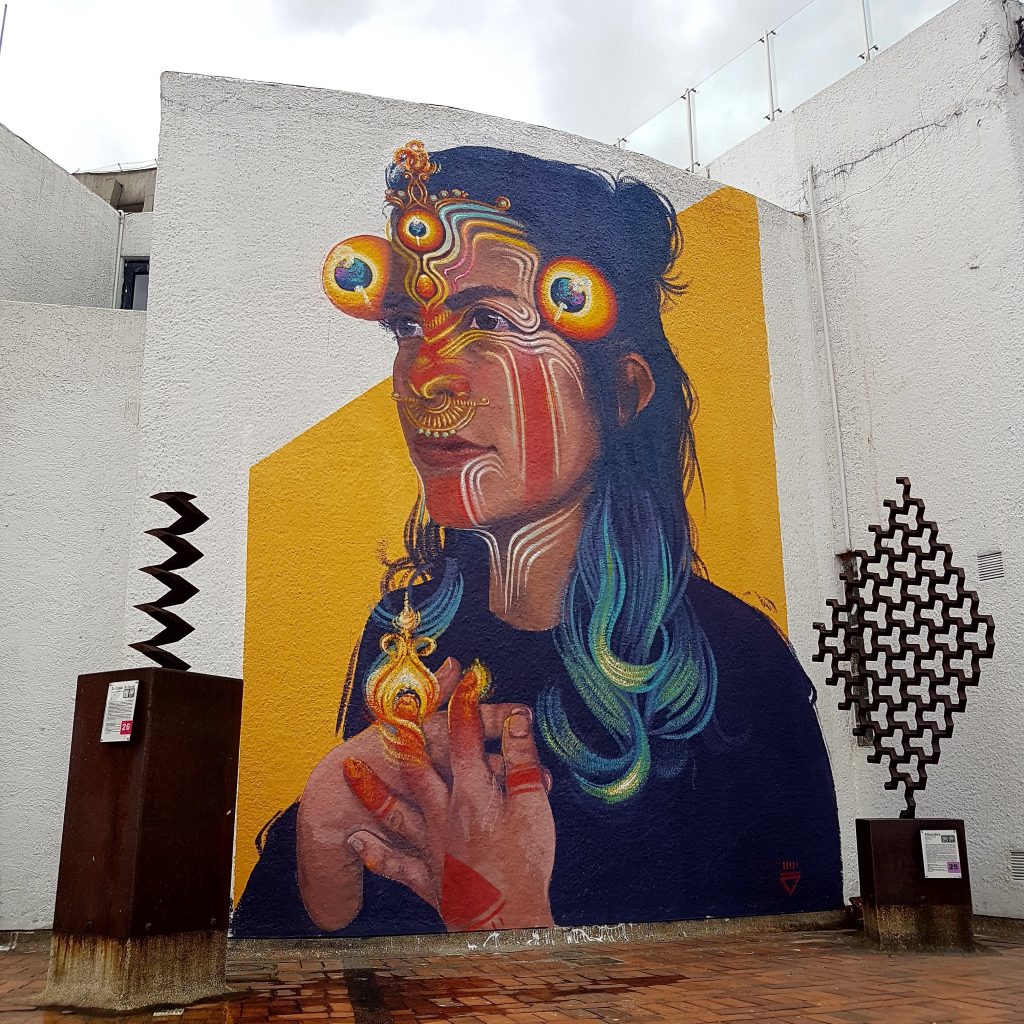


Leave a comment